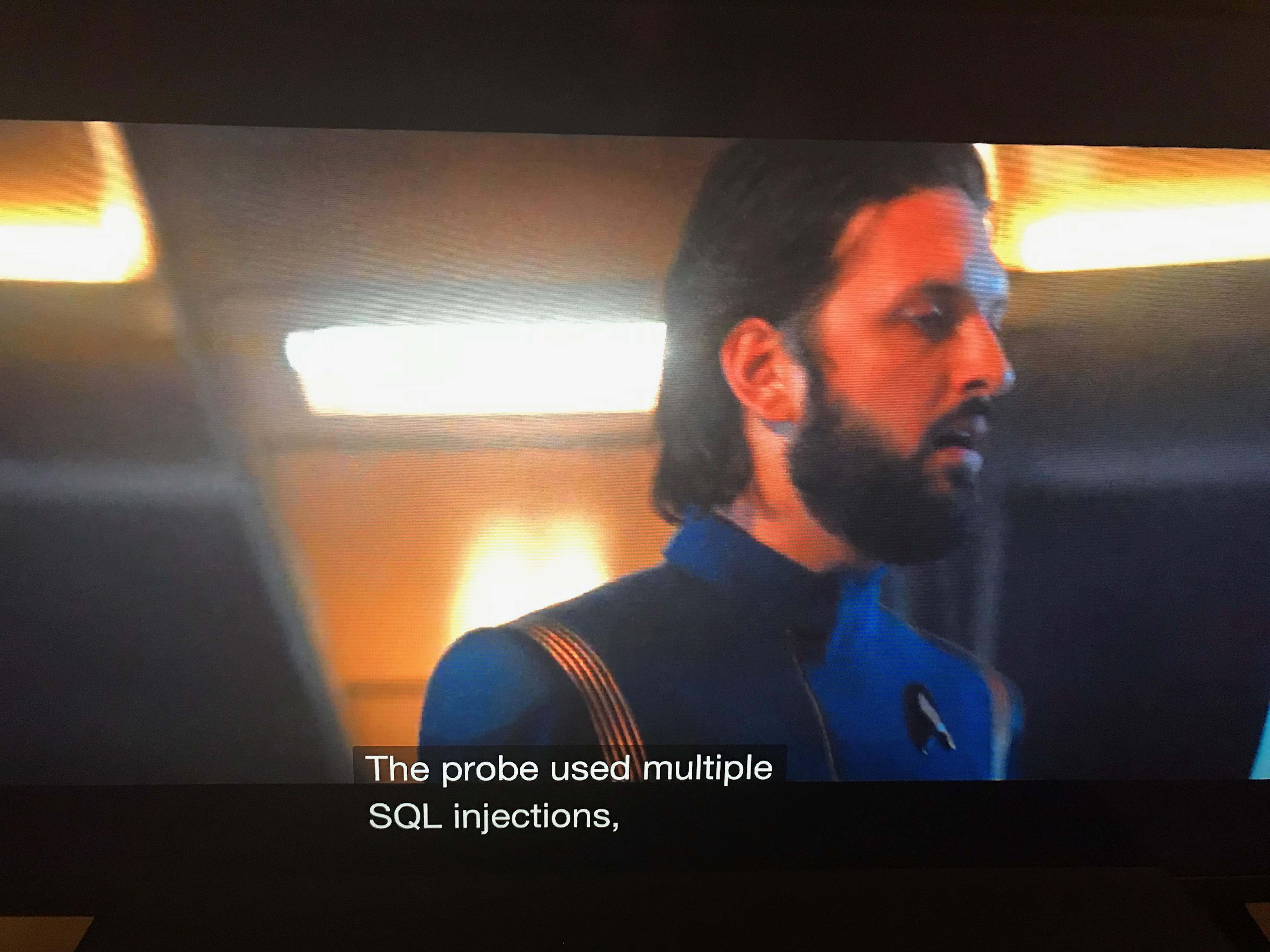How to save pictures in a database is without doubt one of the more frequent questions I’m asked about. I hear this from Xojo newcomers,…
Comments closedCategory: Database
All posts related to using databases.
Most of the time, the access to our databases tables involves a small amount of columns (fields), so the use of the Field method of the RecordSet class is the most practical approach to retrieve the selected columns values. But what can we do when the query returns, for example, dozens of columns we need to get values from?
In a recent Star Trek Discovery episode, the crew was investigating how a probe (from the future!) was attempting to hack into their systems. This is what was said about it:

Most Xojo Cloud users have already switched to the newer Xojo Cloud servers. These new servers have more RAM and SSDs and are the priced lower or the same as our previous servers. But moving your projects from one server to another is easier said than done. You’ll need to plan carefully to avoid downtime. Here is a simple change you can make to your DNS settings in order to limit downtime, making the move to a better server smoother.
Comments closedIt’s very usual to use encrypted SQLite databases in our Xojo projects where we expect to get the maximum read speed from them. But the truth is that encrypting the data in these databases can introduce a penalty in our queries, both from read and writing/updating data to them. How can we improve this? One technique is the creation of a new in-memory based SQLite database, where we will be able to copy the table (or tables) we are interested in getting the maximum speed possible with. Continue reading to see how to do this.
Comments closedIf you are using SQLite you might be trying to share your database. What are your options when you want to be able to share your database?
Comments closedXojo 2018 Release 4 updated SQLite to 3.25. The SQLite 3.25 release had two significant changes: Window Functions and an improved ALTER TABLE command.
Comments closedDo you need to know what version of MySQL you’re using in code? Maybe you need one of the many other configuration parameters that MySQL offers? It’s easy to get this information with some simple code!
Comments closedLike his father, my teenage son loves video games. The single player games where you take a character through some kind of adventure are the ones I like most. These usually have a fair number of AI-controlled enemies that must be defeated. My son, on the other hand, prefers to play against other human beings. When I asked him why, he said, “The AIs are so predictable.” To prove this to me, he took over when I was having trouble defeating a particularly difficult enemy and quickly dispatched him, narrating his strategy as he went and barely being scratched in the process. My son is an elite player compared to me partially because he puts a lot more time into it than I do but also because he loves video games far more than I do.
Just as people have varying levels of skill and interest in video games, the same is true of app development. There are those that are happy to devote enormous amounts of time to learning everything they possibly can. They don’t care how long it takes. They want to have control over everything and are willing to do whatever is necessary to make that happen. I’m so glad those people exist because there’s a lot of great software that might not otherwise have been created without them. I’m not one of those people. I really want to focus mostly on what makes my application unique, abstracted from the nitty-gritty of app development.
That’s why I have always been attracted to tools like Xojo. I am a citizen developer. Of all the job titles I have had over the years, all of them in tech, none have ever included words like programmer or engineer. I do some software development but it’s just a part of my job. It’s something I do to help me in my work or to help my co-workers.
Comments closed

